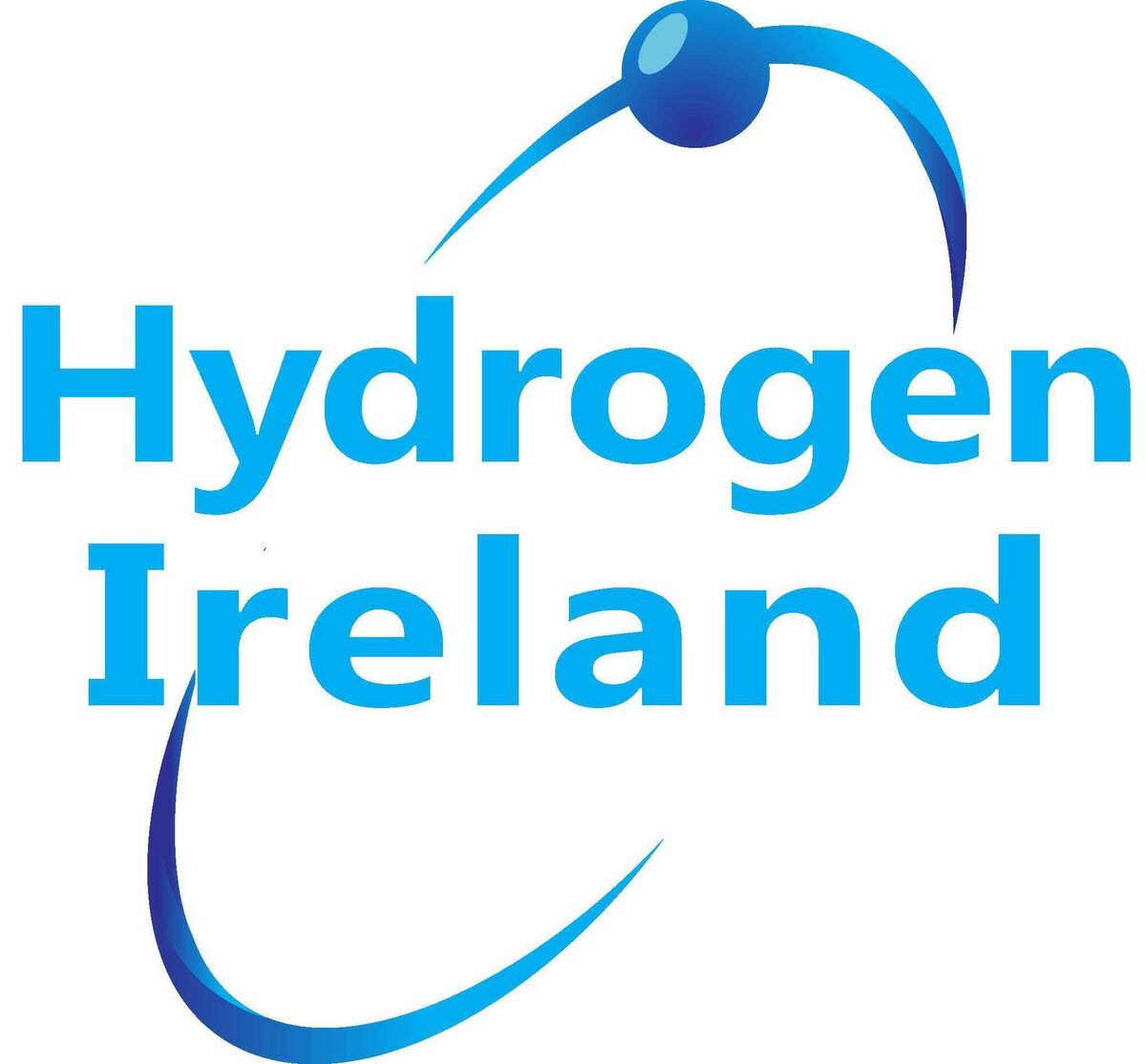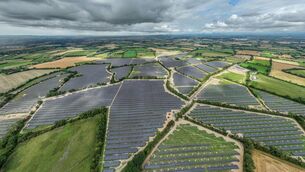Hydrogen: Navigating a role in the Clean Energy Transition

High hopes for Hydrogen: Globally, there is huge appetite for hydrogen production and development of hydrogen derivatives, but figuring out long term use cases (at scale) is the real challenge.
, chair of Hydrogen Ireland and partner with Pinsent Masons, assesses the opportunities and challenges for Hydrogen energy in Ireland

Hydrogen is increasingly recognised as a key component to a low carbon economy, however, hydrogen is in a curious position.
The physical and net-zero characteristics of hydrogen are long-established but figuring out long term use cases (at scale) is the real challenge. Globally, there is huge appetite in multiple jurisdictions and sectors for hydrogen production and development of hydrogen derivatives such as sustainable aviation fuel “SAF” and ammonia.
The sector suffers from constant and frequently exaggerated comparisons to other energy sectors (including fossil based and clean energy sources). To date, most global sources of energy have benefitted from historic subsidies and (for example) socialised infrastructure costs like transportation and shipping.
Although the sector is still in its infancy and nobody disputes the very real physical challenges to large scale deployment, the appetite to develop and integrate coherent national and international use cases for hydrogen is accelerating. This is underpinned by its potential to decarbonize hard-to-abate sectors, enable long-term energy storage and create new industrial opportunities. As governments and businesses race toward net-zero targets, hydrogen offers a versatile solution that could reshape energy systems for decades to come.
Ireland’s Hydrogen Strategy, published in 2023, and the EU’s broader policy framework (including RePowerEU and the Fit for 55 package) both reflect ambitious goals to integrate hydrogen into core energy policy.
- Difficult to electrify heavy industries such as steel, cement, and chemicals account for a significant share of global emissions. Hydrogen can replace coal and natural gas in these applications, enabling deep decarbonization without compromising productivity.
- Hydrogen fuel cells are gaining traction in heavy-duty transport; trucks, buses, trains, and ships, where battery solutions face limitations in range and weight. Hydrogen-derived synthetic fuels and Sustainable Aviation Fuel (SAF) are being developed to reduce emissions in long-haul flights.
- Hydrogen can be used in gas turbines or fuel cells to generate electricity, providing flexible backup power for grids dominated by intermittent renewables.
- Data centres account for a significant and growing share of national electricity demand. As a clean, dispatchable energy source, hydrogen can help power data centres while reducing reliance on fossil fuels and easing grid congestion.
- Green hydrogen enables low-carbon ammonia production, essential for fertilizers and used as a hydrogen carrier for international transport.
One of hydrogen’s most compelling advantages is its ability to store large amounts of energy for extended periods, something batteries arguably cannot achieve economically at scale. Seasonal storage of hydrogen can help balance renewable generation.
Although hydrogen is still in its early stages, the pace of development is significant:
- Global hydrogen projects have surged in recent years, with billions committed to infrastructure and technology.
- Governments are introducing subsidies, tax credits, and mandates to accelerate adoption.
- Regions with abundant renewable resources, such as the Middle East, Australia, and parts of Europe, are positioning themselves as future hydrogen exporters.
Despite its promise, hydrogen faces hurdles: high production costs, limited infrastructure, and uncertain demand.
Domestically and internationally, the hydrogen sector today mirrors the development of renewables generally in the past, nascent and full of promise, yet clear hurdles that need to be overcome. Crucially, at this stage, there is a far higher acceptance of the core role the energy transition now plays in the Irish economy – across power generation, security and resilience of supply.
Hydrogen is more than a fuel—it’s a strategic energy vector that can decarbonize industries, power transport, and stabilize grids. Its potential to store energy long-term and enable sustainable fuels like ammonia and SAF makes could make it a key component of the clean energy future. While challenges remain, the growth in projects and investment signals that hydrogen is moving from concept to reality.
- “Clean Hydrogen — Not at All Costs, Not at Any Cost, but at the Right Cost.”
- Dispatch down – a failure or a feature of the transmission system
- Hydrogen Frontiers: Innovation, Integration, Impact








